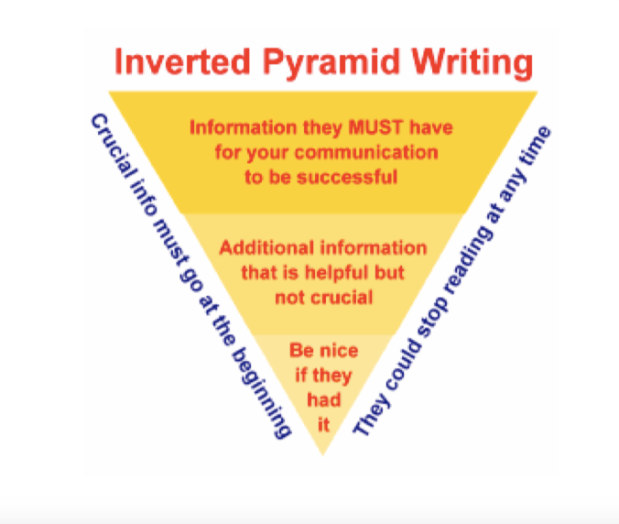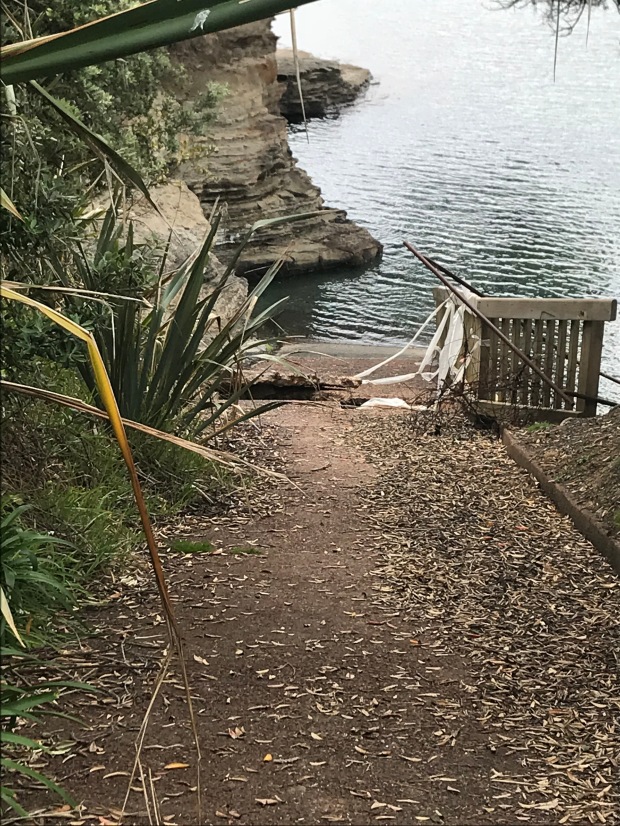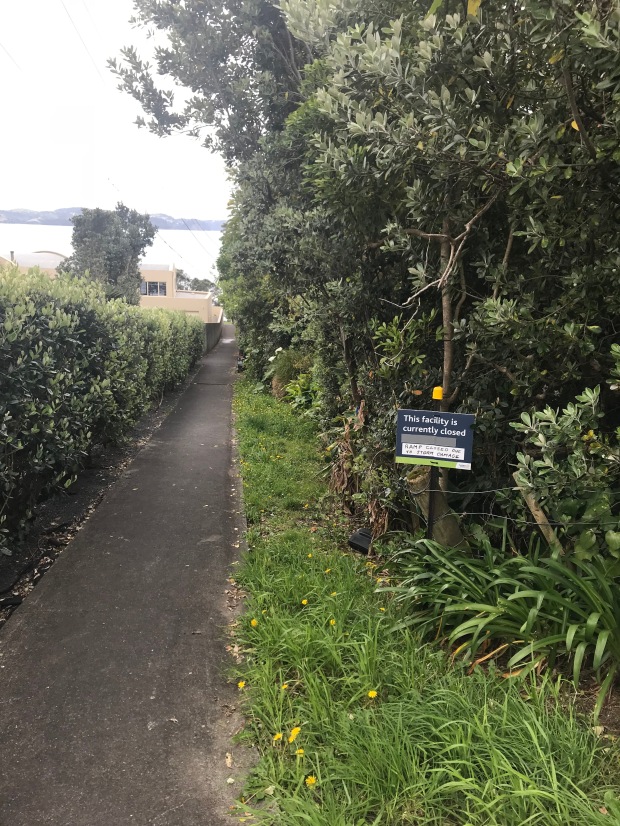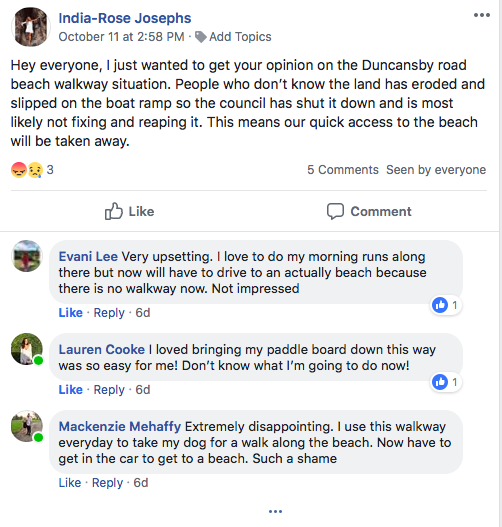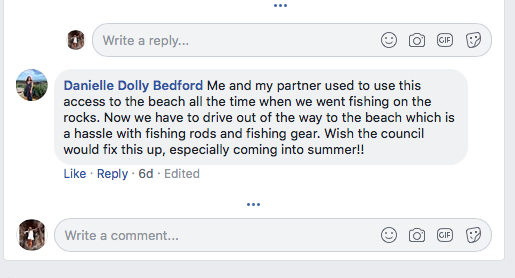INTRODUCTION
It’s Ten o’clock good morning, I’m Latiesha Nathan.
DTAWRT INDIA JOSEPHS
Revenue Minister Stuart Nash announced a new double tax agreement with Switzerland earlier today.
Nash and Swiss Ambassador David Vogelsanger have updated the DTA previously signed in 1980 to now include provisions to reduce multinational tax avoidance.
Stuart Nash says double tax agreements are good for business because they reduce barriers to trade and cross-border investment, eliminate double taxation, and reduce withholding taxes.
He says DTA’s are also an extremely valuable tool to crack down on tax avoidance and tax evasion, and they establish a formal means to exchange information between two countries.
MEASLESVCR INDIA JOSEPHS
Local medical centres have had a rush of patients after measles outbreaks on the Hibiscus Coast.
The regions first confirmed measles case was found at Kingsway College in Silverdale but has progressively spread into the community.
India Josephs Reports.
SLUG: MEASLESVCR
IN: Since the outbreak Hibiscus Coast residents who have not been vaccinated have fully booked into the local medical centres to get the vaccination within the next few days.
Tiani Rawiri-Bose Manly Medical receptionist says they are fully booked with adults and kids getting the vaccination, they even had to get another shipment of vaccinations in to cater for the high demand.
OUT: Tiani says she has even had patients come in who are unsure if they have been vaccinated just to confirm their medical history. (Dur 30 secs)

BALITP INDIA JOSEPHS
Kiwi tourists need to read their insurance policy before hopping on a scooter in Bali.
Scooters are the most popular mode of transport in Bali but New Zealand residents are getting themselves into trouble when their insurance does not cover scooter accidents.
Bali’s government requires an international licence for tourists to legally drive but without an appropriate license people are therefore not covered by their insurance when they have an accident.
Kiwi tourist Roy Subritzby said while he was in Bali he came off his scooter causing injuries but when it came to his insurance to cover the cost they denied his cover and he had to pay the medical bill upright.
SLUG: BALITP
IN: …I just wish I had read my cover
OUT: …never hopped on a scooter in the first place.
DUR: 12 sec I just wish I had read my cover properly before I left then I would have never hopped on a scooter in the first place.
STUDENTSVCR INDIA JOSEPHS
An opportunity has opened up for students to experience Auckland’s thriving screen industry first hand.
India Josephs has more.
SLUG: STUDENTSVCR
IN: Producers of Power Rangers partnering with Auckland’s economic growth agency are allowing talented students to learn what it takes to work at the long-running hit TV series.
Jack Mensah, an AUT graduate, completed a four-week placement and says it was thrilling to have the opportunity to peek behind the curtain, and gain practical industry knowledge on something so internationally recognised.
Students from AUT, SAE, and Unitec are involved in the programme to help produce skilled workers the industry needs to continue in the future.
OUT: Pam Ford, General Manager of Economic Development at ATEED says for them to continue to attract productions such as Power Rangers to Auckland, they need to keep producing and retaining the skilled talent to work on them.(Dur 52 secs)
SMOKINGWRT INDIA JOSEPHS
According to year 11-13 students around New Zealand smoking cigarettes is worse than smoking marijuana.
CensusAtSchool, a non-profit, online educational project underwent a survey about smoking and drinking behaviour.
CensusAtSchool co-director Rachel Cunliffe says finding that smoking cigarettes, which is legal, was rated as worst behaviour than smoking marijuana, which is illegal, was surprising.
She says the figures can’t tell her why students perceived smoking cigarettes as worse than smoking marijuana but she can speculate that it has something to do with what they see and hear around them.
New Zealand has had an anti-smoking law since 1990, which has de-normalised smoking in society and although marijuana is illegal, it is the most-used drug in New Zealand.
OUTRO
That’s Newstalk ZB news.
Statement: I chose to write about these stories because they are something that happens every day but is not being talked about. The measles story in particular has been talked about but on a larger scale and the Bali story I chose when I a friend of mine got into an accident while we were there. I chose to add in these multimedia elements because I was allowed to see what the vaccination looked like firsthand. I choose to add the Bali video to show how many people are actually on a scooter every day.


